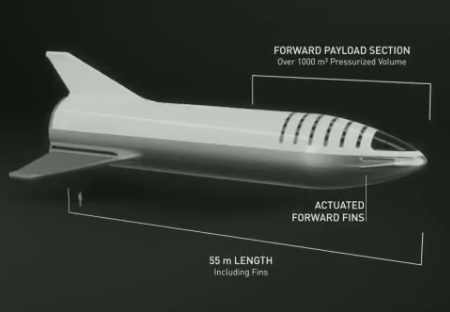Roscosmos cuts price for Soyuz rocket launch
Russia has announced it is now charging only $48.5 million for a Soyuz-2/Freget launch, a significant reduction in its previous launch prices.
The basic price to launch Russia’s Soyuz-2.1 carrier rocket with the Fregat booster will stand at about $48.5 million, the Russian launch service provider, Glavkosmos Launch Services, has said. “On the first day of the International Astronautical Congress in Bremen, our team announced the basic price to launch a Soyuz-2.1 carrier rocket with the Fregat booster. It comes to $48.5 million,” the company said in a statement, posted on Facebook.
The launch of the Soyuz-2.1 without the Fregat booster would cost about $35 million. “Therefore, the delivery of 1 kg of cargo by a Soyuz-2 rocket will cost $20,000-30,000… which is below the average market price,” the statement reads.
This makes the rocket competitive with SpaceX’s Falcon 9, though (I think) it cannot place as much payload into orbit. This price drop also proves that SpaceX’s low prices are not merely “dumping,” as claimed by Roscosmos head Dmitry Rogozin. The Russians have now shown that they can launch at this price, just as SpaceX has. It merely took the competition from SpaceX to force them to cut costs for their customers.
Russia has announced it is now charging only $48.5 million for a Soyuz-2/Freget launch, a significant reduction in its previous launch prices.
The basic price to launch Russia’s Soyuz-2.1 carrier rocket with the Fregat booster will stand at about $48.5 million, the Russian launch service provider, Glavkosmos Launch Services, has said. “On the first day of the International Astronautical Congress in Bremen, our team announced the basic price to launch a Soyuz-2.1 carrier rocket with the Fregat booster. It comes to $48.5 million,” the company said in a statement, posted on Facebook.
The launch of the Soyuz-2.1 without the Fregat booster would cost about $35 million. “Therefore, the delivery of 1 kg of cargo by a Soyuz-2 rocket will cost $20,000-30,000… which is below the average market price,” the statement reads.
This makes the rocket competitive with SpaceX’s Falcon 9, though (I think) it cannot place as much payload into orbit. This price drop also proves that SpaceX’s low prices are not merely “dumping,” as claimed by Roscosmos head Dmitry Rogozin. The Russians have now shown that they can launch at this price, just as SpaceX has. It merely took the competition from SpaceX to force them to cut costs for their customers.


